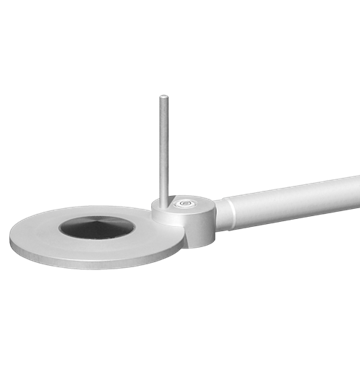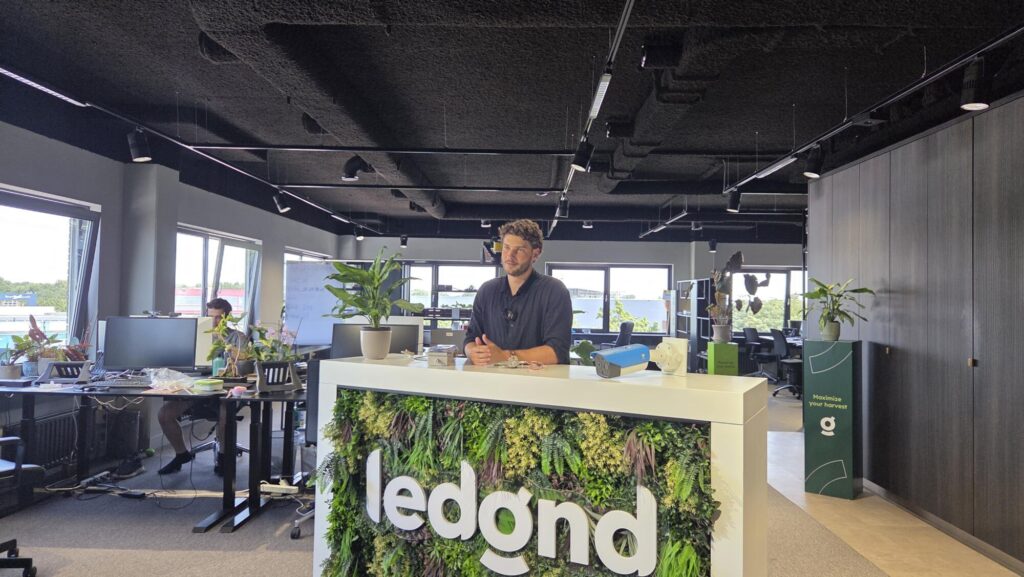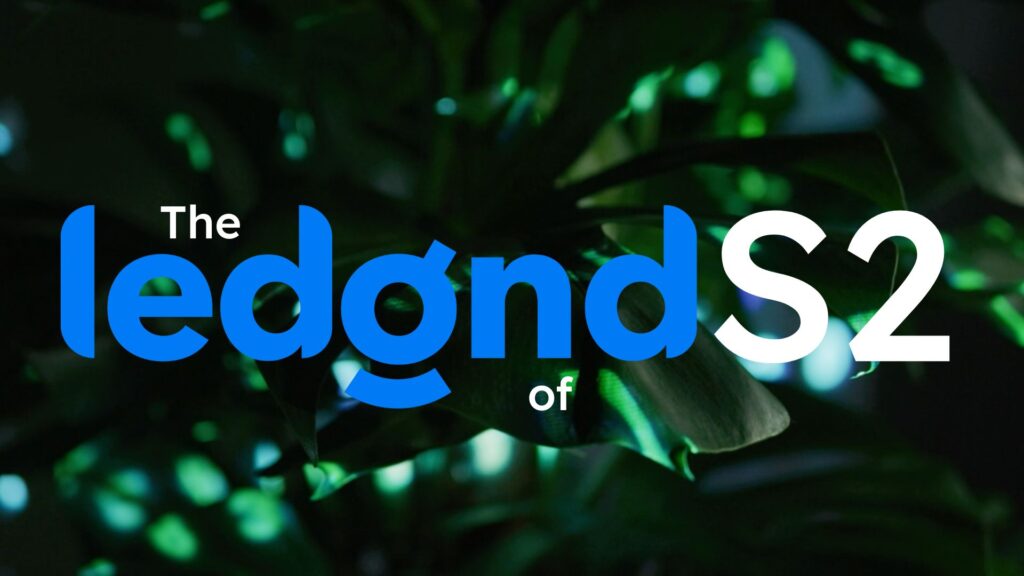Net Radiation Meter | What is it and how do you use it?
A net radiation meter is an advanced sensor that measures both incoming and outgoing radiation in the range from UV to far-infrared. A simple net radiation meter, like the one in Image 1, displays only one output (the net radiation). This simple meter uses a thermopile sensor on both the top and bottom, with a range from 200 to 100,000 nm.

Image 1: Simple Net Radiation Meter
An advanced net radiation meter, like the one in Image 2, uses as many as four separate sensors:
-
- A pyranometer on the top and bottom for visible light.
-
- A pyrgeometer on the top and bottom for far-infrared light.

Installation of net radiation meter
Install the net radiation meter above the canopy and ensure that the meter is level in order to obtain valid measurements. Often, a spirit level is integrated into the net radiation meter to make this easier.
Do’s and Don’ts when installing a net radiation meter
-
- Make sure the radiation meter remains clean and free from water. While the meter is naturally coated to be resistant to these elements, regular cleaning ensures a longer lifespan and more reliable data.
-
- Do not place the sensor close to obstructions, as this can obstruct the sensor’s view and make the measurement unreliable.
Analyzing data from the net radiation meter
With the net radiation meter, you can see at any given moment whether net radiation is moving towards or away from the crop. Based on this data, you can decide whether to shade more or less. It’s important to minimize the radiation emitted from the crop to the outside, in order to cultivate energy-efficiently. This is especially crucial in the winter.
In Het Nieuwe Telen (The New Cultivation), the greenhouse is considered an energy source, and sustainable farming is key. The net radiation meter is widely used to efficiently shade and ventilate based on the measured radiation inside the greenhouse.
Advice from Ledgnd
By measuring the incoming and outgoing radiation, it’s possible to take actions such as adjusting the shading based on the energy balance within the greenhouse. This allows for more sustainable cultivation by saving a significant amount of energy. The Ledgnd team continuously learns about the new way of growing because they see this cultivation method as the future!
New articles

How 2025 became the year of plant feedback, sustainability and collaboration
2025 was a year of contrasts for many growers: rising costs and stricter regulations, while at the same time more opportunities than ever to gain control of the crop using data. At Ledgnd, the year wa…

“From pioneering to professionalising”, Matthea Rijneker reflects on her first six months as CEO of Ledgnd
At Ledgnd, 2025 was a year of change. Not only within the MyLedgnd platform, but also within the organisation itself, which went through a clear strategic shift. Midway through the year, Matthea stepp…

Ledgnd launches season 2 of video series “The Ledgnd of”
Ledgnd has launched the second season of its video series “The Ledgnd of”. The series takes a closer look at the key concepts and innovations shaping modern greenhouse horticulture. In the new season,…
Read more

How 2025 became the year of plant feedback, sustainability and collaboration
2025 was a year of contrasts for many growers: rising costs and stricter regulations, while at the same time more opportunities than ever to gain control of the crop using data. At Ledgnd, the year wa…

“From pioneering to professionalising”, Matthea Rijneker reflects on her first six months as CEO of Ledgnd
At Ledgnd, 2025 was a year of change. Not only within the MyLedgnd platform, but also within the organisation itself, which went through a clear strategic shift. Midway through the year, Matthea stepp…

Ledgnd launches season 2 of video series “The Ledgnd of”
Ledgnd has launched the second season of its video series “The Ledgnd of”. The series takes a closer look at the key concepts and innovations shaping modern greenhouse horticulture. In the new season,…
Do you want to know more?
Interested in what Ledgnd can do for you? Leave your phone number, and we will contact you as soon as possible for a non-binding informational conversation

